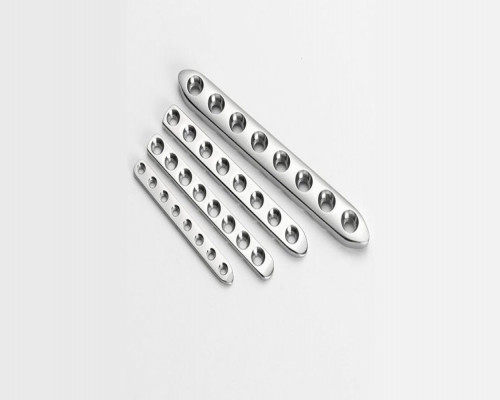
Locking Plates - A Better Choice than the Conventional Plates
A bone break or fracture is something that almost everyone has experienced, either in his childhood playing with the mischievous kids or in his teenage playing cricket with the leather ball. The bone break also called a fracture has several treatments. It depends on what your doctor recommends to you. While some bones can be treated wearing a cast, others require more invasive treatment.
Bone fracture repair is required when a broken bone doesn't or wouldn't heal properly with a cast. But we all should remember bone fracture repair could lead to various complications like-
- Bleeding
- Blood clots
– Infection
– An allergic reaction to anesthesia
Bone fracture treatment can take several hours, First of all, your doctor would take a look at the fracture site. He would give you anesthesia if necessary.
Now, the main question for him is how to approach the treatment surgery? He has to decide if plates or screws are required for the procedure or if he must use some other way.
Locking plates- The fracture repair has taken a major step forward
Any plate that allows the insertion of fixed-angle/angular stable screws can be used as a locking plate. These plates are required to reduce the gap between bone at the fracture site and provide rigid fixation. These are especially helpful for patients with osteoporosis and fractures with multiple segments. It also helps in the preservation of blood supply to the soft tissues and bone.
Before its invention of it the medical association stuck to the conventional plate system. This system relies on the friction generated between the plate and bone. In conventional plating, even if the bone fragments are correctly reduced prior to plate application, fracture-dislocation will result if the plate does not exactly fit the bone as the screws are tightened and a loss of reduction may then occur (loss of primary reduction). Conventional plates focus on the intimate contact between bone and the plate which is not required in this case. In this system, screws lock to the plate forming a fixed angle construct. Once the locking screws engage the plate, no further tightening is possible; therefore, the implant locks the bone segments in their relative positions regardless of the degree of reduction obtained. With conventional plates, screws can move independently from the plate. They may loosen over time as force is applied which can result in fracture instability and loss of fracture gap reduction. As we know the conventional system is based on the intimate contact between the plate and the bone and depends on compression, this plate can cause a negative impact on the blood supply to the bone. It fills this drawback as contact is not at all necessary. Locking plates eliminate motion between the plate, screws, and bone.
VARIOUS LOCKING PLATES MANUFACTURED BY GWS SURGICALS LLP-
- 2.4 mm Locking Volar Distal Radius Plate, Extra Articular (4 Head Holes)
- 2.4 mm Locking Dorsal Distal Radius Plate Straight
- 2.4 mm Locking Dorsal L Distal Radius Plate(2 Head Holes)
- 2.4 mm Locking Dorsal L Distal Radius Plate (3 Head Holes)
- 2.4 mm Locking Volar Column Distal Radius Plate( 8 Head Holes)
- 2.4 mm Locking Volar Column Distal Radius Plate( 9 Head Holes)
- 2.4 mm Locking Volar Distal Radius Plate (5 Head Holes)
- 2.4 mm Locking Dorsal Distal Radius T Plate (3 Head Holes)
- 2.7 mm-3.5 mm Locking Distal Humerus Dorsolateral Plate With Lateral Support
- 2.7 mm-3.5 mm Locking Distal Fibula Plate
- 3.5 mm Distal Femur Locking Plate
- 3.5 mm Locking Distal Medical Humerus Plate
- 3.5 mm Locking Anterolateral Distal Tibia Plate
- 3.5 mm Locking Clavicle Hook Plate
- 3.5 mm Locking Cloverleaf Plate
- 3.5 mm Locking Distal Humerus Dorsolateral Plate
- 3.5 mm Locking Distal Humerus Extra Articular Plate
- 3.5 mm Locking Distal Medial Tibia Plate With Tab
- 3.5 mm Locking Distal Medial Tibia Plate
- 3.5 mm Locking Olecranon Plate
- 3.5 mm Locking One Third Tubular Plate
- 3.5 mm Locking Proximal Humerus Diaphyseal Plate Long
- 3.5 mm Locking T Plate Oblique
- 3.5 mm Locking T Plate Right Angle
- 3.5 mm Locking T Plate With 4 Head Holes
- 3.5 mm Proximal Femur Cobra Head Locking Plate
- 3.5 mm Proximal Femur Locking Plate
- 3.5 mm Small Locking Plate
- 3.5 mm Locking Clavilce Shaped Plate
- 3.5 mm Locking Rigid Plate
- 4.5 mm Condylar Buttress Locking Plate
- 2.4 mm Locking Volar Distal Radius Plate, Extra Articular (4 Head Holes)
- 2.4 mm Locking Volar Column Distal Radius Plate (9 Head Holes)
- 2.4 mm Locking Dorsal L Distal Radius Plate (2 Head Holes)
- 2.4mm Locking Dorsal Distal Radius T Plate (3 Head Holes)
- 2.4 mm Locking Dorsal Distal Radius Plate Straight
- 3.5mm Locking Rigid Plate
Leave a Comment
© Copyright © 2022 gwsmed.com | GWS Surgicals LLP. All rights reserved.
| |




Comment (0)
No Comments Yet. Be the first one.